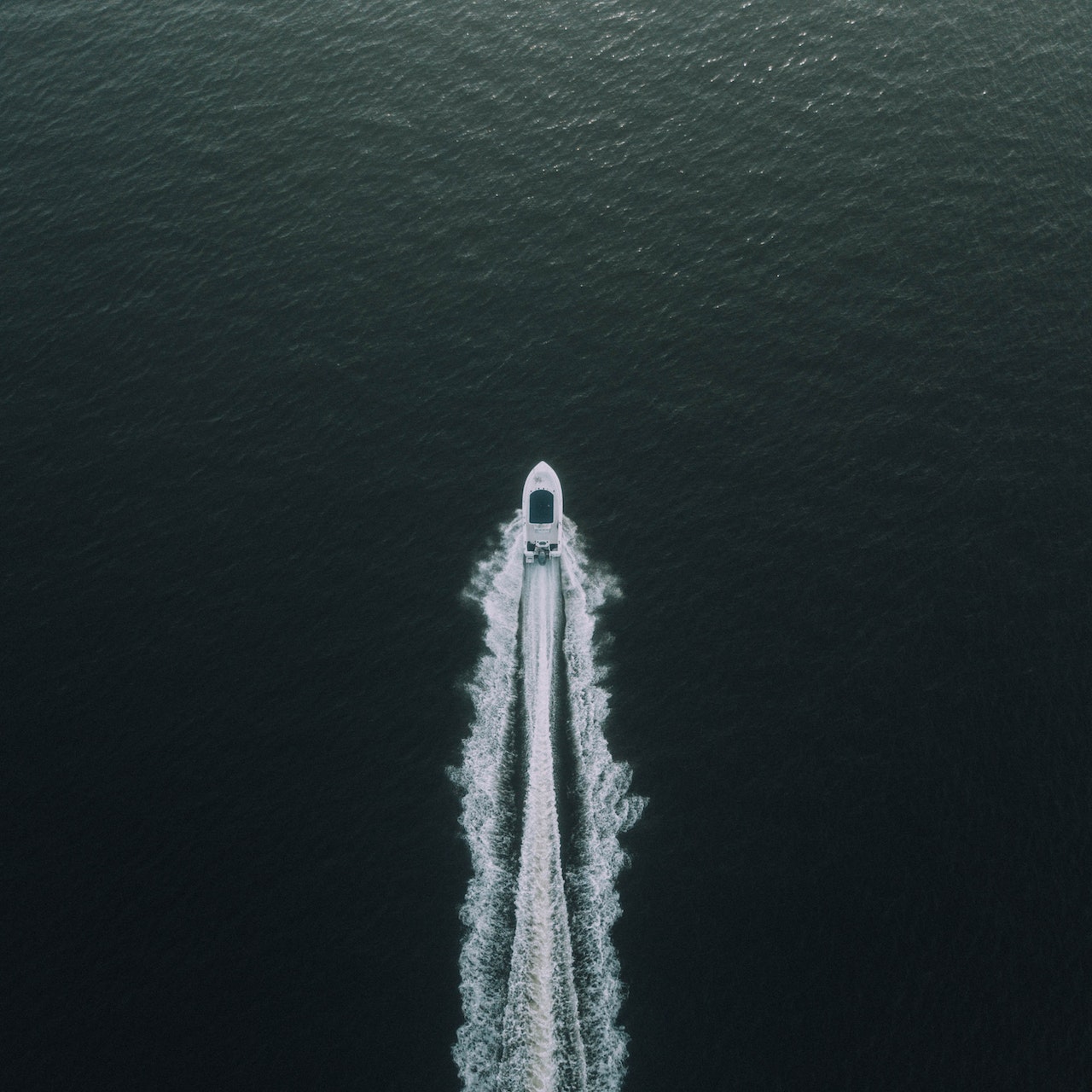Islands in the Stream: Juan Monteverde, Yachts, and Hemingway

Boats have long held vaunted places in literature. They inspired writers like F. Scott Fitzgerald and Herman Melville, whose works continue to be integral to boating culture, according to yachting enthusiast Juan Monteverde.
"I just finished reading a compendium of Hemingway's short stories," said Monteverde, the founding partner of New York City's Monteverde & Associates. "I loved it. It was my summer reading. If you're a boater, Hemingway is very prevalent."
Ernest Hemingway, the esteemed author of The Sun Also Rises and A Farewell to Arms, was an accomplished boater in his own right.
After returning from Europe in 1918, he built homes near the coast in Key West, Florida, and Cuba. An avid fisherman and adventurer, Hemingway bought a yacht in 1934 and named it Pilar, after his second wife.
When he wasn't writing, Hemingway could almost always be found on the water. His love of boating made its way from his real life into his stories - something that endears him to Juan Monteverde.
"Hemingway fished quite a bit out in the Atlantic, around the Bahamas, in Bimini and so forth. You still see his books everywhere in the Caribbean to this day," Monteverde said. "I don't see one island in the Caribbean that doesn't have a Hemingway bar."
Hemingway's enduring popularity among yacht owners no doubt descends from the prominent placement of ships in his novels. Books like Islands in the Stream and The Old Man and the Sea are set on the water and filled with Hemingway's deep affection for boats.
And he's not the only writer to hear the siren song.
From Noah's Ark to Moby Dick
F. Scott Fitzgerald shared a bit of Hemingway's obsession. His classic novel The Great Gatsby featured a yacht called Tuolomee. Though its name is fictional, Tuolomee was based on a real 18.5-meter cutter-rigged sloop named Ventura. The owner, eager to meet Fitzgerald, invited him aboard. The writer found the ship so enthralling that he immediately wove it into the novel he was writing - a book that just so happened to become not only his signature work, but one of the most esteemed novels in American fiction.
It's tempting to see yachts as symbols of the modern age. But in truth, boats have held literary sway long before the mid-20th century. Some of the earliest stories we have, such as The Odyssey by Homer and the story of Noah's ark, are centered around watercraft sailing into unknown regions while their captains face great odds.
The unknowable nature of the sea has inspired countless stories. Jules Verne relates a tale of the ocean yacht the Duncan in his 1867 adventure novel In Search of the Castaways. Verne, who grew up on the banks of the Loire river in France and served in the French navy, was obsessed with boats and technological advancements. His novel describes the Duncan as the pinnacle of 19th-century progress: a two-masted steam yacht weighing 110 tons and equipped with a new kind of steam engine that made it faster than any vessel of its day - a full 17 knots per hour.
But perhaps the most literary use of any boat or yacht is Pequod, the vessel that centers Herman Melville's Moby Dick.
A Traditional Whaling Boat
Moby Dick tells the yarn of the maniacal Captain Ahab and his lifelong quest to kill the titular white whale. Painted a deep black and adorned with the teeth and bones of its kills, Pequod is a traditional Nantucket whaling boat. It has three masts, a quarterdeck, and a forecastle. In a book full of symbolism, Pequod represents the means by which humanity attempts to prove its superiority over the forces of nature. Spoiler alert: It sinks.
Even today, some of the biggest and most captivating modern stories rely on yachts and boats as symbols, Juan Monteverde said.
Take the 2001 book Life of Pi by Yann Martel, which shot up the bestseller list, won the Man Booker Prize for fiction, and sold more than 10 million copies worldwide. The novel, which was made into a blockbuster film in 2012, tells the story of a boy who survives the shipwreck of a Japanese freighter and struggles to survive on a lifeboat with a Bengal tiger.
A Thirst for Adventure
Literature and boating both scratch a particular itch for adventure and enjoyment, Juan Monteverde said. It's no wonder that writers still conjure up images of yachts and their crews to tell the tales that help us make sense of our world and ourselves.
"It's very enjoyable because it's something that you own, not just the vessel itself, but you own the experience," says Juan Monteverde. "It's your life, it's your time off, whatever you do for a living to really relax, and it's very enjoyable."
* This is a contributed article and this content does not necessarily represent the views of enstarz.com





